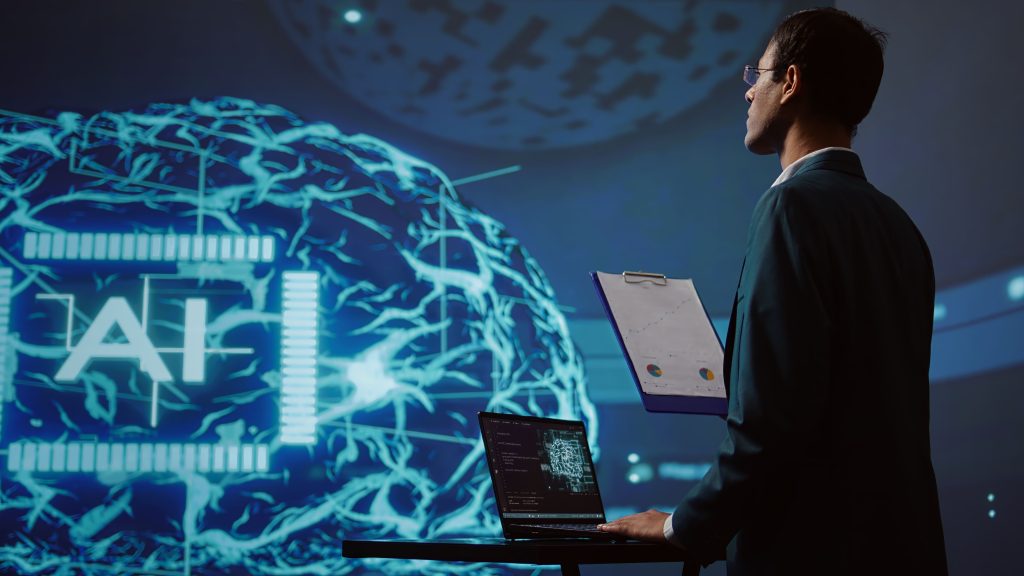Understanding the Legal Landscape of the AI Medical Scribe Software

AI medical scribes were designed to ease the burden of clinical documentation. Yet, as these tools become more prevalent, healthcare professionals and administrators are increasingly concerned about issues such
as data privacy, security, transparency, and regulatory compliance.
As regulations evolve across various countries and regions, healthcare providers must ensure compliance and protect patient information while integrating AI scribe software into their workflows. Only with this can patient trust and comfort remain central to the adoption of this software.
This article outlines why healthcare practitioners must prioritize patient safety, the regulations specific to the US, and how practitioners can adopt these technologies in a secure, lawful manner.
Why Patient Safety Should Be a Priority with AI Scribe Software
Making patient safety is a top priority as the use of AI medical scribes involves handling personally identifiable information (PII) and protected health information (PHI). Even a minor inaccuracy generated by medical scribe software, if left unreviewed, can lead to clinical errors. This highlights the need for careful oversight and validation of AI-generated documentation before it becomes part of the official medical record.
Adhering to Regulations in the United States: Certifications and Safeguards
To demonstrate trustworthiness and commitment to security, providers of AI medical scribes often pursue data privacy and cybersecurity certifications. Adhering to global standards reassures clinicians that the technology meets or exceeds legal expectations for healthcare applications.
Key certifications and safeguards include:
HIPAA
In the U.S., the Health Insurance Portability and Accountability Act (HIPAA) governs the use of tools that handle PHI. Medical scribe software must meet HIPAA requirements to ensure secure data management. In most cases, healthcare providers are required to establish Business Associate Agreements (BAAs) with AI medical scribe vendors to define responsibilities and protect sensitive data.
Liability remains a significant concern. If AI-generated documentation contains errors that lead to medical harm, the question of accountability arises. Typically, clinicians must review and verify AI-generated notes, but ambiguous lines of responsibility can introduce legal risks. Many organizations now incorporate internal checks or disclaimers to reduce liability exposure.
ISO/IEC 27001:2022
Medical scribe software certified under ISO/IEC 27001 is built on a rigorous information security management system (ISMS). This certification indicates that the vendor takes proactive steps to minimize cyber threats and maintain data integrity.
Data Encryption Using NIST Standards
AI scribe software that uses National Institute of Standards and Technology (NIST) protocols often integrates data de-identification and pseudonymization to ensure that unauthorized parties cannot decipher any intercepted data.
Informed Consent Protocols
While written consent may not always be legally required, obtaining verbal or written consent from patients when using AI scribe software is strongly advised. Reputable providers typically refrain from using PHI without patient permission, and never share this data with third parties unless legally required to do so.
Clinician Oversight and Legal Responsibility When Using AI Scribe Software
With reliable medical scribe software, clinicians retain their legal obligation to validate and approve documentation. The role of the AI scribe software is to assist, and not replace, the clinical judgment and decision-making of the provider.
Before incorporating AI-generated notes into medical records, clinicians must verify the content’s accuracy and completeness. This approach ensures that while technology streamlines documentation, patient safety and legal accountability are never compromised.
Start Using Medical Scribe Software Built for Compliance
Today’s AI scribe software is equipped with robust safeguards, designed to meet global healthcare regulations and promote safe documentation practices. Built with privacy, compliance, and clinical flexibility in mind, medical scribe software solutions are now supporting millions of patient consultations each week.
Getting Started with an AI Medical Scribe:
Log in to the Platform
Getting started is super easy. The respective technical teams will help healthcare practitioners set up the platform quickly and effortlessly.
Record Consultation and Submit
Practitioners simply need to press the record button and the AI Scribe Software will start capturing audio. Once recording is stopped, the file is uploaded automatically for processing.
We Take Care of the Rest
After submissions, a virtual medical scribe takes over. They review and edit the data for accuracy; the data is then seamlessly integrated into the practitioner’s EHR system within the specified turnaround time (TAT).
Continuous Support
Practitioners receive real-time updates as their documentation is processed and uploaded. Ongoing support and continued information will be provided.
These tools are already being used in compliance with regional data laws in the United States, ensuring data localization and protection wherever they are deployed.
Final Thoughts
AI medical scribes revolutionize healthcare documentation while upholding legal and ethical standards. With the right implementation, that is guided by regional compliance, strong cybersecurity practices, and ongoing clinician oversight, medical scribe software can enhance efficiency without compromising patient trust or data integrity.





